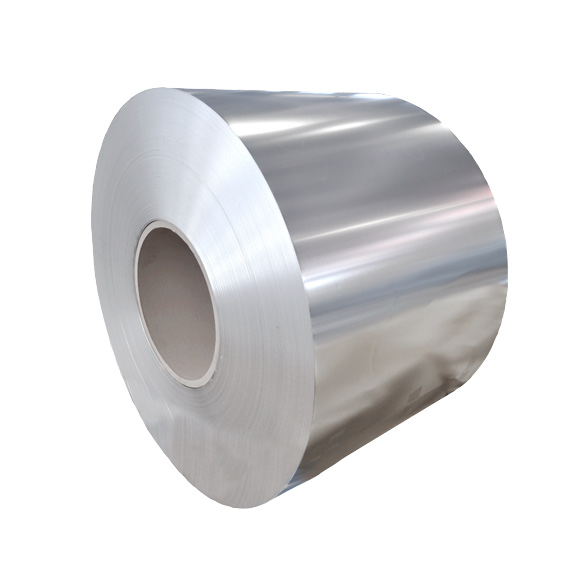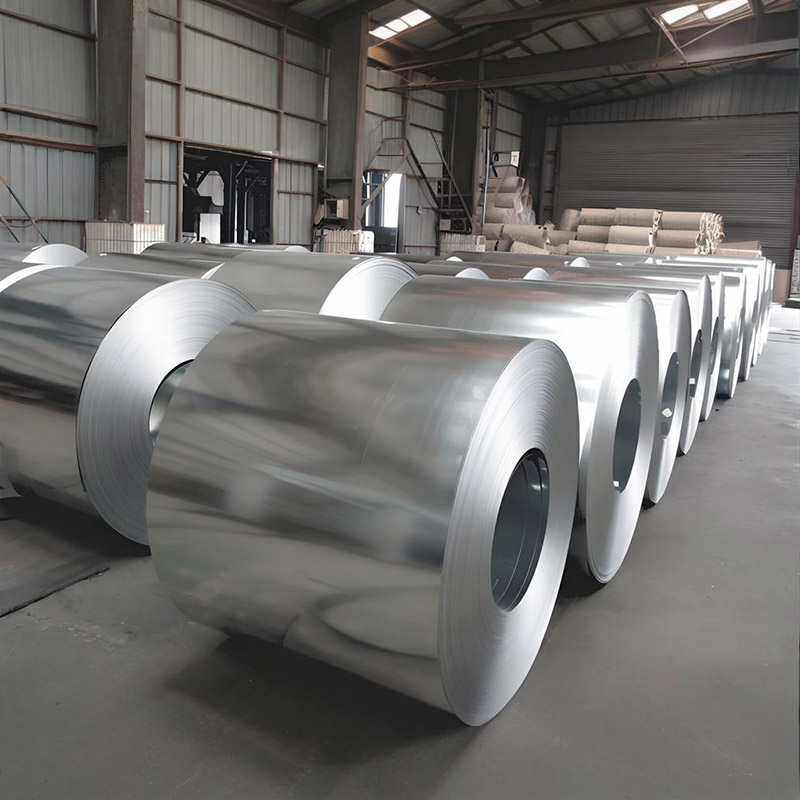What exactly is tinplate sheet and why has it remained a staple material in various industries for centuries? Tinplate, essentially thin steel sheet coated with a layer of tin, combines the strength of steel with the corrosion resistance and aesthetic appeal of tin. This unique combination makes it indispensable in numerous applications, from food packaging to industrial uses.
What are the key properties that make tinplate sheet so versatile? The material offers excellent formability, allowing it to be easily shaped into complex designs without compromising integrity. Its solderability ensures secure seams in containers, while its non-toxic nature makes it ideal for food contact applications. Furthermore, tinplate provides superior barrier properties against light, moisture, and oxygen, extending product shelf life significantly.
How do manufacturers produce high-quality tinplate sheets? The production process typically involves cold rolling steel to the desired thickness, followed by electrolytic tinning or hot-dip coating. Modern manufacturing employs advanced techniques to ensure uniform tin coating thickness, precise surface finish, and consistent quality across large production runs. Leading tinplate manufacturers invest heavily in research and development to enhance product performance while reducing environmental impact.
What should businesses consider when selecting tinplate suppliers? When evaluating potential suppliers, manufacturers should prioritize those with comprehensive quality certifications, robust production capabilities, and flexible customization options. A reliable supplier should offer various tinplate grades, thicknesses, and surface finishes to meet specific application requirements. Additionally, consider suppliers with strong logistics networks to ensure timely delivery and minimal lead times.
In my experience working with tinplate materials over the years, I’ve found that building strong relationships with suppliers who understand your specific application needs can significantly enhance product development. Sharing your end-use requirements with manufacturers often leads to customized solutions that optimize both performance and cost-effectiveness.
Looking ahead, the tinplate industry is embracing sustainability through increased use of recycled materials and more environmentally friendly production processes. As regulations around food packaging and industrial materials continue to evolve, tinplate manufacturers are innovating to meet these challenges while maintaining the material’s time-tested benefits.
For businesses seeking reliable tinplate solutions, partnering with established suppliers who combine technical expertise with customer-focused service remains the key to success in this dynamic market.



